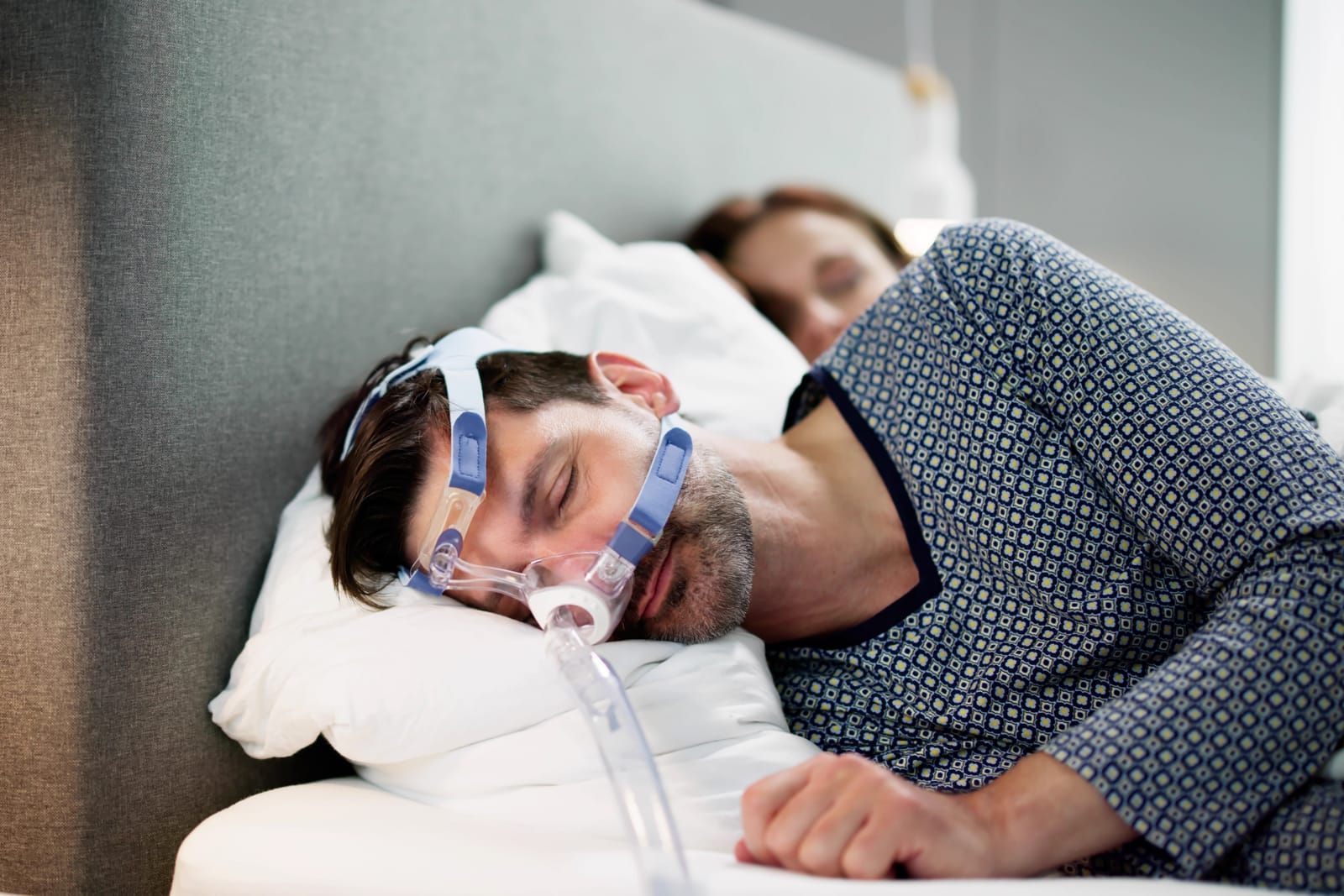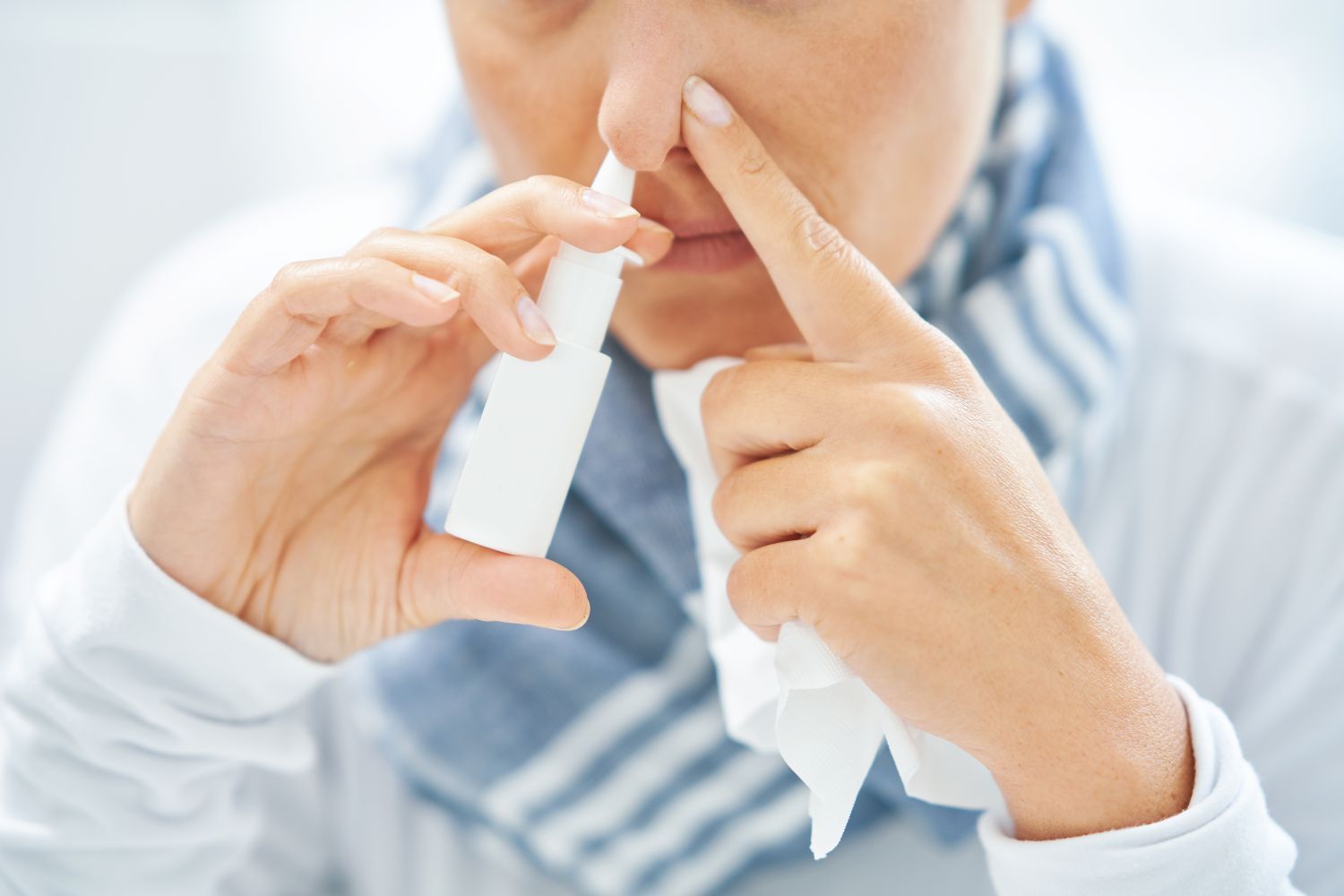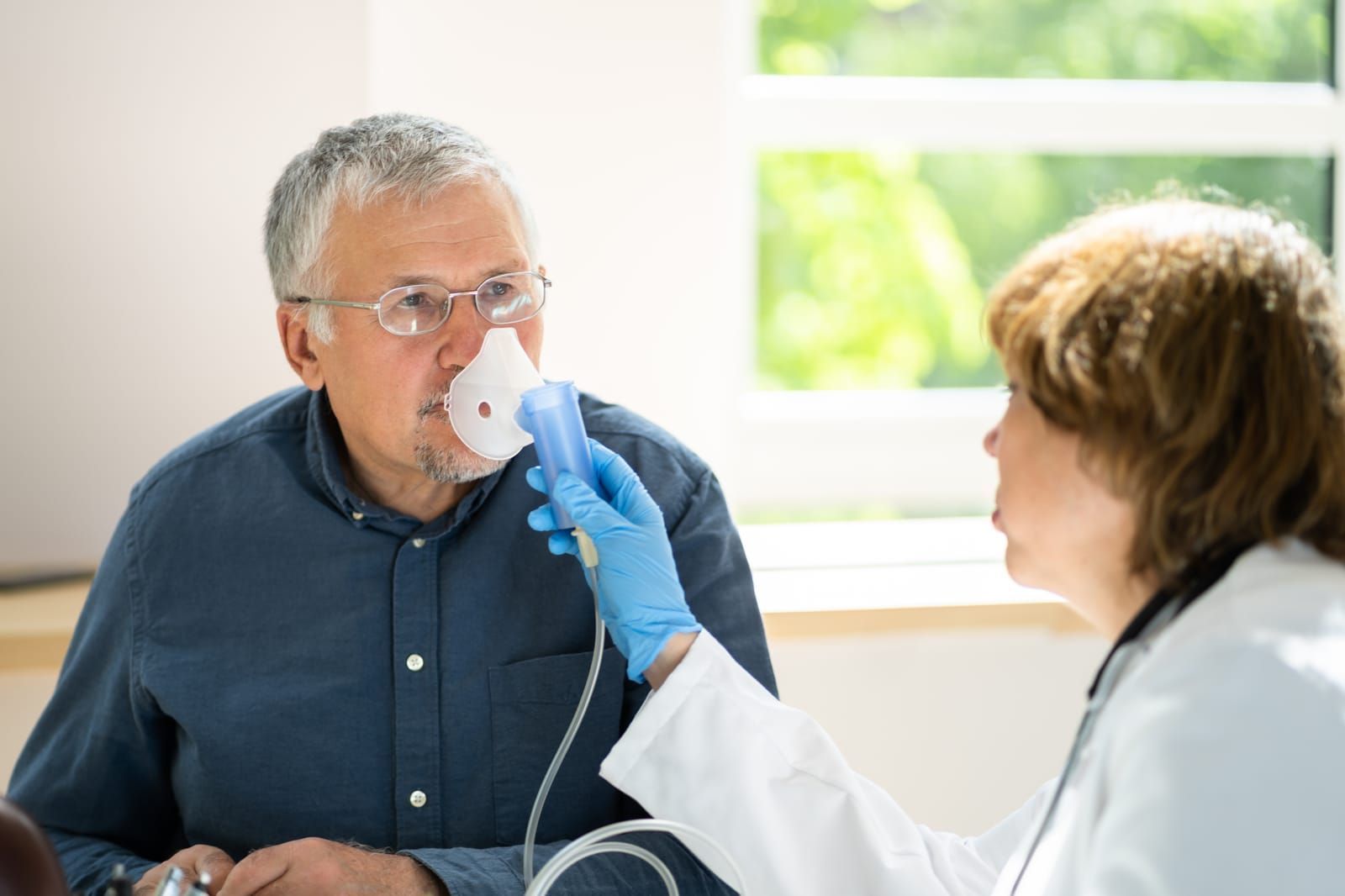How to Tell the Difference Between Eosinophilic Esophagitis and GERD
Chest pain, difficulty swallowing, and heartburn may be symptoms of gastroesophageal reflux disease (GERD), or eosinophilic esophagitis (EoE)? Both conditions have overlapping symptoms making it difficult to distinguish one from another.
Let us explore the differences between eosinophilic esophagitis and GERD by looking at their causes, diagnosis, treatment, and response to medications.
Causes
Eosinophilic esophagitis is a chronic immune system disease where the white blood cells, called eosinophils, build up in your esophagus. Increased numbers of eosinophils are present in the esophagus and may be related to foods, allergens or acid reflux. This causes inflammation which leads to the symptoms noted above.
GERD occurs when acid from the stomach flows back into the esophagus repeatedly. This is called acid reflux and can irritate the esophagus lining. It happens when the lower esophageal sphincter (valve) becomes weak and cannot close tight immediately after food enters the stomach, causing the food to go back into the esophagus.
Diagnosis
Upper endoscopy and biopsy are used to diagnose eosinophilic esophagitis. Endoscopy aids in the detection of esophageal inflammation, but biopsy is required to diagnose eosinophilic esophagitis.
GERD diagnosis starts with the patient history which may be suggestive of the diagnosis and lead to initiation of therapy. In some cases, you may have to perform tests like an upper endoscopy and biopsy, X-ray of the upper gastrointestinal tract, or esophageal manometry, which test the functionality of the lower esophageal sphincter.
Treatment
In eosinophilic treatment aimed at reducing the inflammatory response. Inhaled corticosteroids sprayed into the oral cavity and swallowed or oral corticosteroid suspensions can be used to treat eosinophilic esophagitis. Monoclonal antibody medications, such as dupilumab, are also effective in treating this condition.
Managing eosinophilic esophagitis may call for dietary restrictions. Foods like milk, eggs, nuts, beef, wheat, fish, shellfish, corn, and soy may be targeted first.
The most common medications for GERD include the following:
● Antacids that neutralize the acids in the stomach.
● H-2 receptor blockers to inhibit acid production.
● Proton pump inhibitors are used when a more potent medication is needed to reduce acid production. It also helps the esophagus tissue heal.
Response to Medication
Patients with EoE and GERD may both respond to proton pump inhibitors. As eosinophilic esophagitis occurs as a response to food or environmental allergens, acid-suppressive therapies do not always improve symptoms.
When antisecretory medication is ineffective, especially in young men with atopic disease or with any red flags (i.e., weight loss, dysphagia, or food bolus impaction history), an endoscopic examination should be conducted immediately to determine whether there is eosinophilic esophagitis.
Distinguishing eosinophilic esophagitis from GERD can be challenging and medical professionals must be completely aware of the differences in presentation, diagnosis and treatment. Discussion and collaboration with others in similar fields can give practical and insightful information, and Snot Force Alliance is just the right place. We bring multidisciplinary specialists together to inspire innovation to manage the inflammatory disease of the airway medically. Join the team today!












